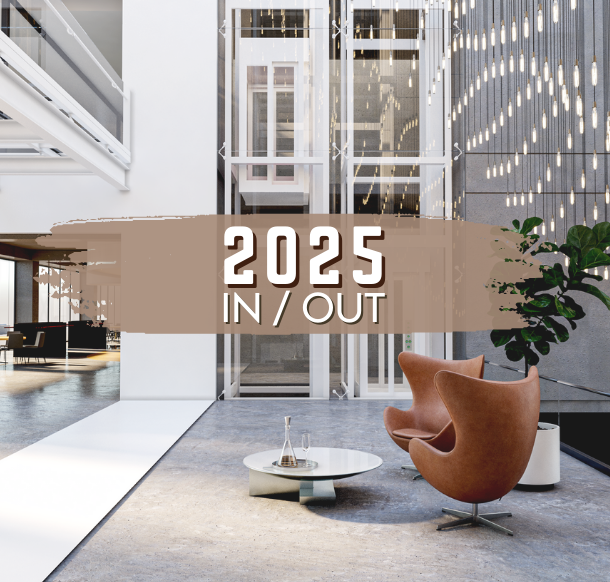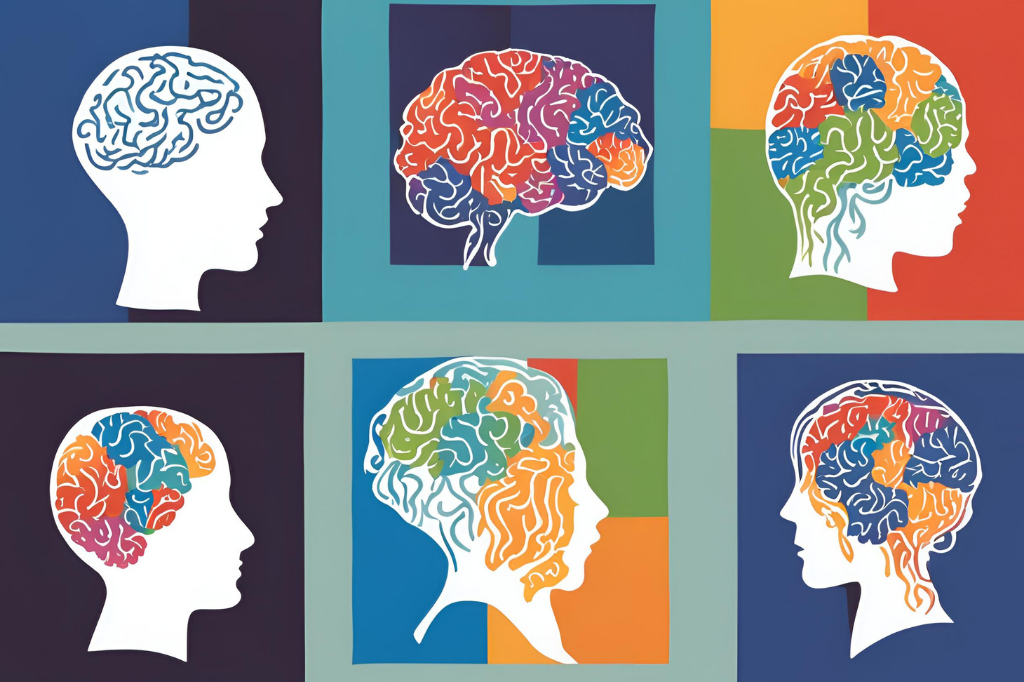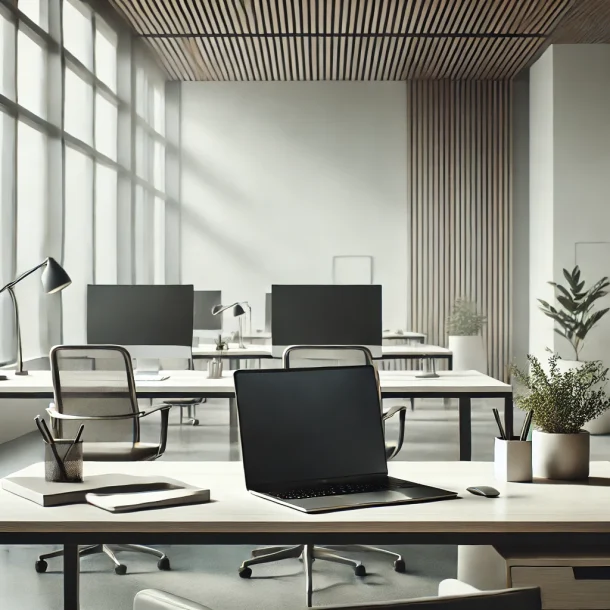
Neurodiversity and Design: Increase Productivity in the Workplace
Creating spaces that support sensory and cognitive diversity is no longer an option, but a necessity in the modern design world. Neurodiversity covers a broad spectrum including conditions such as autism, ADHD and dyslexia. Meeting the unique needs of these individuals is not only an ethical responsibility, but also an opportunity for innovation and success.
Impact of Neurodiversity on Space Design
Creating a neurodiversity-friendly environment is a fundamental step in enabling individuals to work comfortably in their workplaces, increasing productivity and ensuring employee satisfaction. Research shows that teams with neurodiverse individuals can be up to 30 per cent more productive. (Source) This is because characteristics such as attention to detail, creative problem solving and original thinking are more prominent in these individuals.
At the same time, neurodiversity-focused companies are noted for higher employee engagement and lower attrition rates. For example, the most comprehensive autism recruitment programmes in the US have reported employee retention rates of over 90%. (Source)
The Evolution of Design: Sensory Inclusivity
Design for neurodiversity puts the sensory needs of individuals at the centre. This understanding is shaped by the principles listed below:
Optimisation of Visual Elements
- Natural and Adjustable Lighting: Reduces eye strain and improves focus.
- Calming Colour Schemes: A peaceful environment is provided by avoiding excessively bright colours.
- Organised Spaces and Clear Signage: User-friendly spaces are created by reducing visual clutter.
Acoustic Design
- Auditory disturbances are minimised by using noise level control, quiet work areas and sound-absorbing materials. This results in a more focussed working environment.
Ergonomic Touches
- Adjustable furniture and surfaces with different textures increase the physical comfort of individuals. Ergonomic design is an important factor that directly affects employee well-being.
Benefits of Inclusive Design for the Workplace
Inclusive design not only improves the well-being of individuals, but also offers many advantages for organisations:
- Talent Attractiveness: Younger generations prefer workplaces focused on diversity and inclusion.
- Increasing Innovation: Encouraging diversity opens the way for creative ideas.
- Healthier Working Environments: Well-designed spaces support the physical and mental health of employees.
Practical Tips
- Sensory Audits: Çevresel faktörleri düzenli olarak değerlendirin.
- Employee Feedback: Involve individuals with neurodiversity in design processes.
- Inclusive Trainings: Increase inclusiveness by organising awareness trainings for all staff.
Conclusion: Design for Everyone
We believe that inclusive design is not just a trend, but a necessity for the workplaces of the future. Neurodiversity allows not only individuals but the whole team to perform better. We continue to work to design spaces that support diversity, take into account sensory needs and make everyone feel comfortable.
Let’s take a step together to push the boundaries of inclusion and create spaces where everyone can realise their potential!



